Campaign Spotlight – Movie Mortality
We may all be working from home because of the coronavirus outbreak, but our spirits at Verve Search are still high. We recently celebrated the success of our second consecutive viral campaign, weeks after the success of Insta Wealth. It was a tough act to follow, but Movie Mortality for Buzz Bingo managed over 200 links AND caught the attention of one of the campaign’s stars.
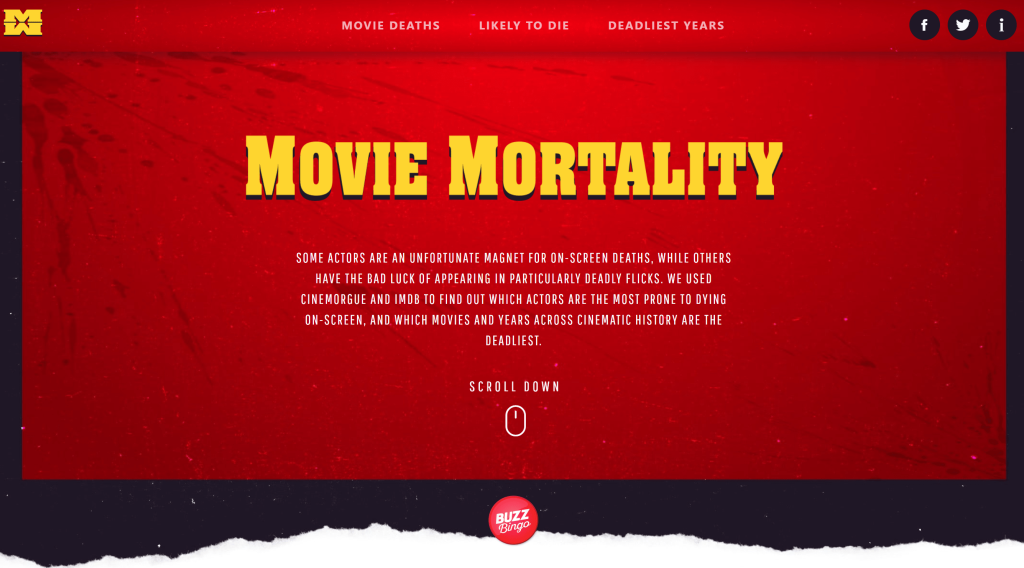
Some actors have a reputation for their frequent on-screen deaths. Sean Bean for example is renowned by his fan-base for being killed in many of his movies. However, we wanted to add to the debate by finding out which actors die the most in their movies, and which most likely to be killed in a movie role.
We have had success with movie campaigns in the past. Director’s Cut, On Location and Remake My Day all proved popular with journalists. We know that the topic has potential for lots of coverage if we have a strong methodology and eye-catching headlines.
Movie Mortality was created with a simple methodology that journalists can easily explain, and a database with all the answers. We started with a seed list of 1,500 of the world’s top actors, taken from the most popular actors on IMDb. The total count of their on-screen deaths was found using Cinemorgue, a fan-created database with over 7,000 movie fatalities.
We cross-referenced each actor’s deaths with their total filmography to determine the actors with the greatest likelihood of dying on-screen. To find out which years saw the most movie deaths, we found the top 50 highest-grossing films for every year between 1980 and 2018 using IMDb, and then each film on the list was searched on Cinemorgue to determine the death count.
The design of the splash page and the campaign’s look-and-feel were inspired by the iconic movie poster for ‘Pulp Fiction’. The style embodies the spirit of carnage that plagues the unfortunate actors featured in the campaign. We included a gender breakdown of movie deaths, a top 10 overall list, a top 10 ‘most likely to die’ list, and a chart featuring the deadliest years in film.
Our initial outreach focused on Kit Harrington’s 62.5% chance of death in films. The headline provided some interesting opportunities for coverage, especially as Harrington’s character Jon Snow was killed and resurrected in ‘Game of Thrones’. Metro were the first to link speculating on Harrington’s next film role in Marvel’s ‘The Eternals’.

This angle alone would have made Movie Mortality a hit campaign. However, it became viral thanks to the mortality of Hollywood stalwart Danny Trejo, who was killed in 65 of his roles. Stuart Heritage of the Guardian, who initially covered the Kit Harrington angle, wrote up second article explaining why Trejo dies in so many movies, and how he beat out Christopher Lee as Hollywood’s most-killed actor.

Other sites, including the Independent, covered the story as a Top 10 list, but it still produced enticing headlines for readers.

Movie Mortality proved to be a hugely successful outreach campaign, with 211 links and a total of 10,581 Link Score (Verve’s own tool using a combination of metrics to measure the value of links). We got coverage from a range of top-tier sites including GQ, Fox News, Guardian, Lad Bible, MSN, Huffington Post, Observer, Daily Express, Metro and Yahoo.
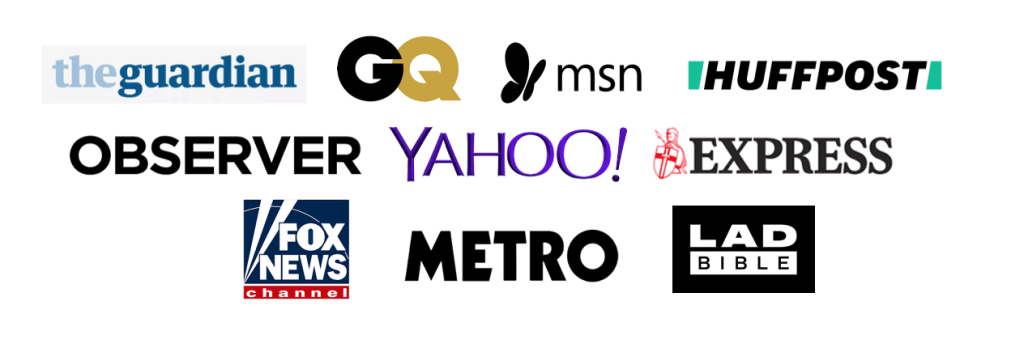
In addition, the campaign findings were referenced in 159 pieces of additional unlinked coverage. The campaign has also been covered several times in print including features in the US edition of The Guardian (twice) as well as featuring in TV and Radio. Articles mentioning our campaign were shared 161,850 times from some relevant high-profile social media accounts, including Danny Trejo himself!

Following the success of a campaign like Insta Wealth was a challenge, but Movie Mortality proved to be a worthy successor thanks to an effective concept idea with a large database behind it, eye-catching headlines and a veteran actor who was more than happy to be named Hollywood’s most-killed actor.
Campaign Spotlight – Insta Wealth
Everyone in digital PR wants to work on a ‘viral’ campaign, content that doesn’t just generate links, but also high-profile TV, radio, print and social media coverage. We want these campaigns to create a story that resonates and gets people talking, with a headline that readers would immediately click through to read. If your campaign can achieve this while talking about some of the most recognisable faces on the planet, then it has every chance of being successful.
This is what we were able to achieve with our best-performing creative campaign to date, Insta Wealth.
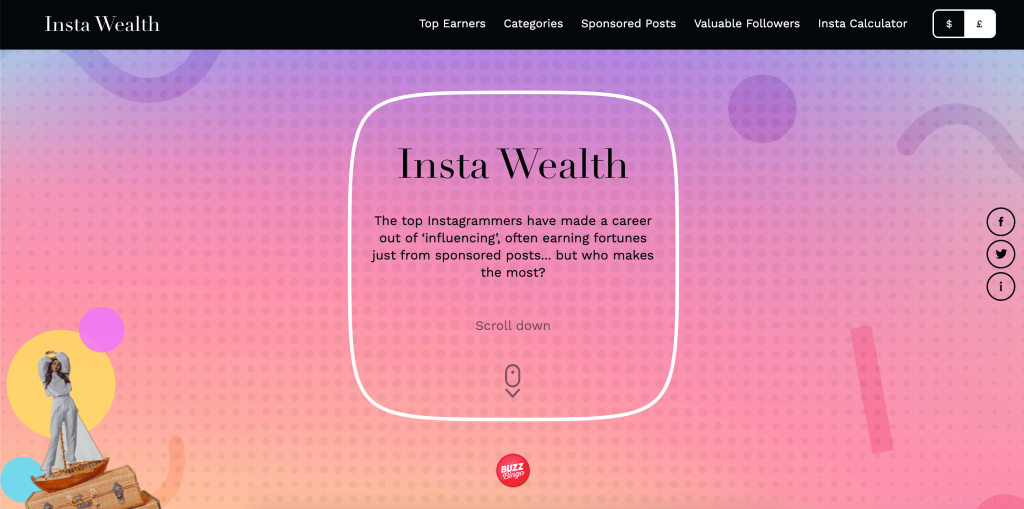
Insta Wealth, created for Buzz Bingo, looks at which celebrities and influencers make the most money from sponsored posts on Instagram. Brands realise the social media reach of high-profile accounts with tens of millions of followers and will pay 6-figure sums to have their product featured.
By looking at influencer activity on Instagram we felt positive that we would create something that would produce lots of interesting angles, appealing to a wide range of journalists including lifestyle, celebrity and sports. Instagram rich lists are often widely covered by the press, but analysing sponsored posts enabled us to add something new to the discussion.
To find out how much money each person has earned from their account from these posts, we used Hopper HQ’s Instagram Rich List database, which estimates a ‘cost per post’ figure. For example, Kylie Jenner can earn $1.2m per post to her 139 million followers.
We multiplied the ‘cost per post’ figure by the quantity of sponsored posts appearing on their account. To find out which Instagram user has the most ‘valuable’ followers, we divided their cost per post by their number of followers.
We then categorised each celebrity and influencer to see where they rank compared to their peers. For example, we found that Kendall Jenner makes 4x more from sponsored posts than her sister Kylie.
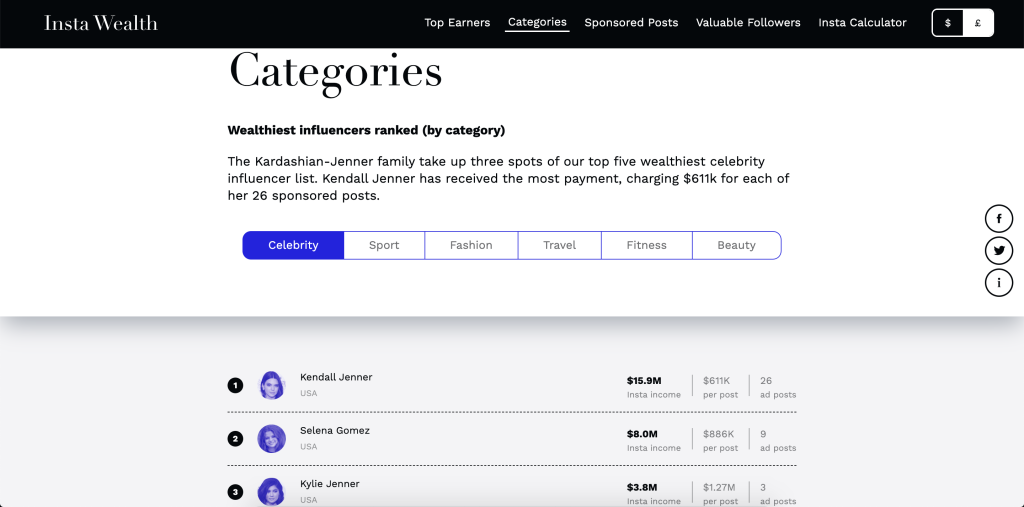
Our research gave us quite a surprising top story, Cristiano Ronaldo is Instagram’s highest earner, bringing in $47.8m from his sponsored posts. This in itself is a strong headline for outreach, but it becomes even more newsworthy when we found this to be higher than his yearly salary at Juventus ($31m). This stat gave us a headline that we knew journalists would want to cover. You can see below how it was received by Business Insider:

We were also able to frame the story as a comparison between Ronaldo and his Barcelona rival Lionel Messi. Though Messi is second on our list with $23m earned from Instagram, we were able to say that Ronaldo earned twice as much from his sponsored posts. The Sun ran with this headline:

The majority of Insta Wealth’s coverage came from variations of the Ronaldo story. However, many publications also covered the secondary angle focusing on the Jenner sisters. Metro’s entertainment section ran with the $16m figure in their headline:

The volume of newsworthy headlines in Insta Wealth gave it the potential to generate hundreds of links, and to date, it has 582 pieces of linked coverage with a total of 22,158 Link Score (Verve’s own tool using a combination of metrics to measure the value of links).
This coverage came from some of the biggest publications in the world, including: Yahoo, GQ, Daily Mail, MSN, Express, New York Post, The Sun, Fox Business, Russia Today, Business Insider, The Mirror, Talk Sport, Gazzetta and Aftonbladet.

In addition to this, the research was also referenced in 978 pieces of additional unlinked coverage and has been shared 293,780 times from some relevant high-profile social media accounts. It has also been covered 34 times in print including features in the Daily Star, Irish Times and The Sunday Times (Australia) as well as featuring in TV and Radio including Le Figaro.
Insta Wealth is truly a viral campaign, having received coverage in 91 different countries (we even made a map!)

The success in this campaign comes from its simplicity. It is a new approach to a widely covered topic, using a straight-forward methodology from a credible secondary source. It was able to generate lots of interesting headlines for our outreach team to sell to journalists, with the knowledge that editors are constantly looking for stories around fame and social media.
Insta Wealth did it all. It gave journalists great headlines, and readers something to share. It added a new dimension to the decade-old Ronaldo v Messi debate, a new dimension to the Jenner-Kardashian sibling rivalry and most importantly for us, delivered a campaign which performed six times above our client target.
Campaign Spotlight – A Contact Lens Company Visual Content
My latest campaign spotlight focuses on three similar campaigns we produced for a contact lens company, all of which have been consistently covered by national and international lifestyle journalists.
These campaigns are Moving Perspectives, The Stroop Effect and Photographic Memory. I will discuss each campaign in turn, explaining the thought process behind their creation, and how their execution led to consistent coverage from top-tier publications.
The Stroop Effect was the first to launch in May this year. It is a colour perception game based on the Stroop test, a psychological phenomenon where the brain struggles to read the word of a colour when formatted with a different colour, for example Red written in green.
Based on this, we devised a test which measures how quickly you can identify five matching colours (e.g. Red, Pink, Green) against ten mismatching colours (e.g. Red, Pink, Green). We then tested the game on a survey with 2000 UK adults to give us various headlines about how well the nation performed.
To date, The Stroop Effect has been picked up 28 times with a total of 2,068 Link Score (Verve’s own tool using a combination of metrics to measure the value of links). The test also has over 100,000 views, thanks to features in the Mirror, Daily Mail, Mental Floss and Business Insider.
In July, we launched Photographic Memory, a game which tests the audience’s ability to spot details in ten images. They are given seven seconds to look at an image, then respond to a question about a detail in the photo.
We wanted to create a campaign which tests whether the user has a visual memory, as well as producing something with strong visuals that journalists could embed in an article. To add further credibility for journalists, we tested the game on 2000 UK adults to see how they performed. Just 1.2% of the respondents were able to get a perfect 10/10 score.
So far, Photographic Memory has 21 links from high authority news sites. It performed especially well with the UK tabloids, with the Sun, Daily Mail, Mirror, and Metro all covering the campaign within a few days of each other.
Our most recent campaign for a contact lens company launched on the 23rd August and has been the most successful of the three mentioned in this blog. Moving Perspectives takes optical illusions to a new level by showcasing seven mind-bending optical illusions made into moving GIF images.
We previously had success with In Perspective, a similar optical illusions piece with 11 illustrations of illusions which show the user how it tricks the brain into seeing something different. With Moving Perspectives, we explored this concept further by using dynamic illusions, which move to reveal how it works.
So far, Moving Perspectives has 41 links with a total of 2,103 Link Score. Again, this campaign proved popular with the UK tabloids including the Sun, Mirror and Daily Star all covering it. The campaign also received international coverage in Russia and Japan.
All three campaigns benefitted from quality designs which maximised the visual appeal of the campaigns and made them fun to interact with. The journalists we contacted appreciated the strong aesthetics in the three campaigns.
They also benefited from being embeddable on an article so readers can view them without having to leave the page. Moving Perspectives worked well in particular as the white background matched seamlessly with the page of an article.
As a result, the execution of these three campaigns has made it possible for us to build consistent links by appealing to lifestyle and pop-science journalists with similar content themes but a fresh idea which continues to attract coverage each time.
Campaign Spotlight – Crep Check
Starting this month, we will be sharing with you an example of a campaign which has delivered amazing results for a client over the course of the previous month.
This month, we produced Crep Check for Farfetch, a luxury fashion retailer. The campaign looks at the most valuable trainers currently on the market, as well as those that have seen their value skyrocket since their initial release.
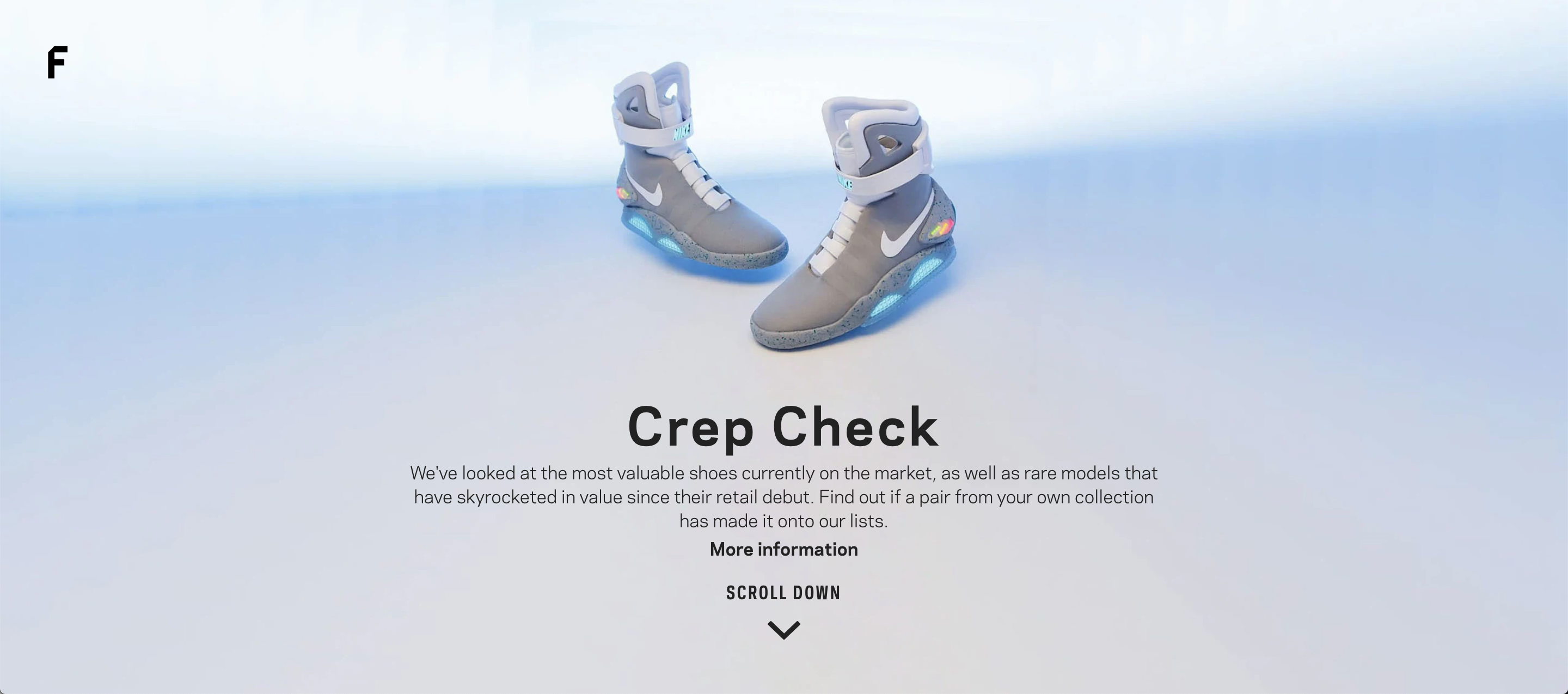
We teamed up with Stadium Goods to provide a definitive breakdown of the most valuable and appreciative trainers in modern times, and an explanation as to why so many of these shoes have become worth such vast sums of money.
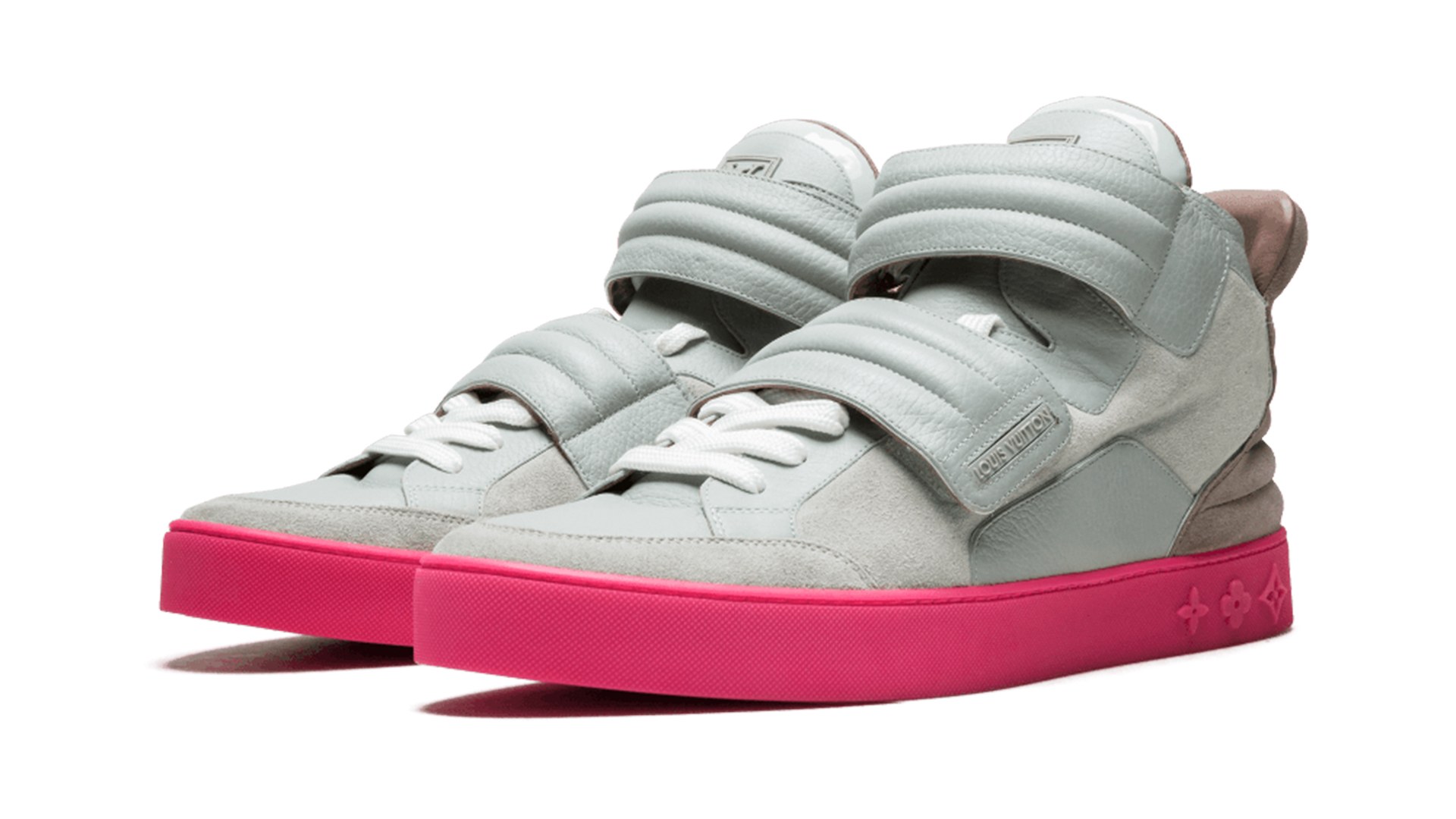
Costing £22,763, The high-top ‘Jasper’ sneaker from the Kanye West x Louis Vuitton line are the most valuable on the market. Released in 2009, the shoes designed by West himself have increased by more than 2500%. They were initially available in three colourways but the pink and grey version is the most coveted.

We found that Nike’s What the Dunk trainers had the biggest value increase. Released in 2007 at £91, they were designed as a patchwork of previous patterns, colours and materials used in old Nike SB models. Today, they are worth £3,793, an increase of over 4000%.
We took inspiration for the campaign from high-profile trainer auctions and one-off celebrity releases, which have been sold for tens of thousands of pounds. The international news interest these stories generate inspired us to create a definitive list using data provided by one of Farfetch’s key brands.
We also liked the idea of showcasing trainers as alternative investments, a concept we previously explored with coins and toy cars. Lifestyle, fashion, and money journalists love to follow the most recent collectable trends and valuations in fashion.
Our designs took inspiration from ‘sneaker walls’, similar to those found in Stadium Goods’ stores in New York and Los Angeles. We also used price tags to show the rank number, making the campaign feel more like a high-end fashion index. We then researched each shoe using Stadium Goods’ index to provide some context to their value increase.
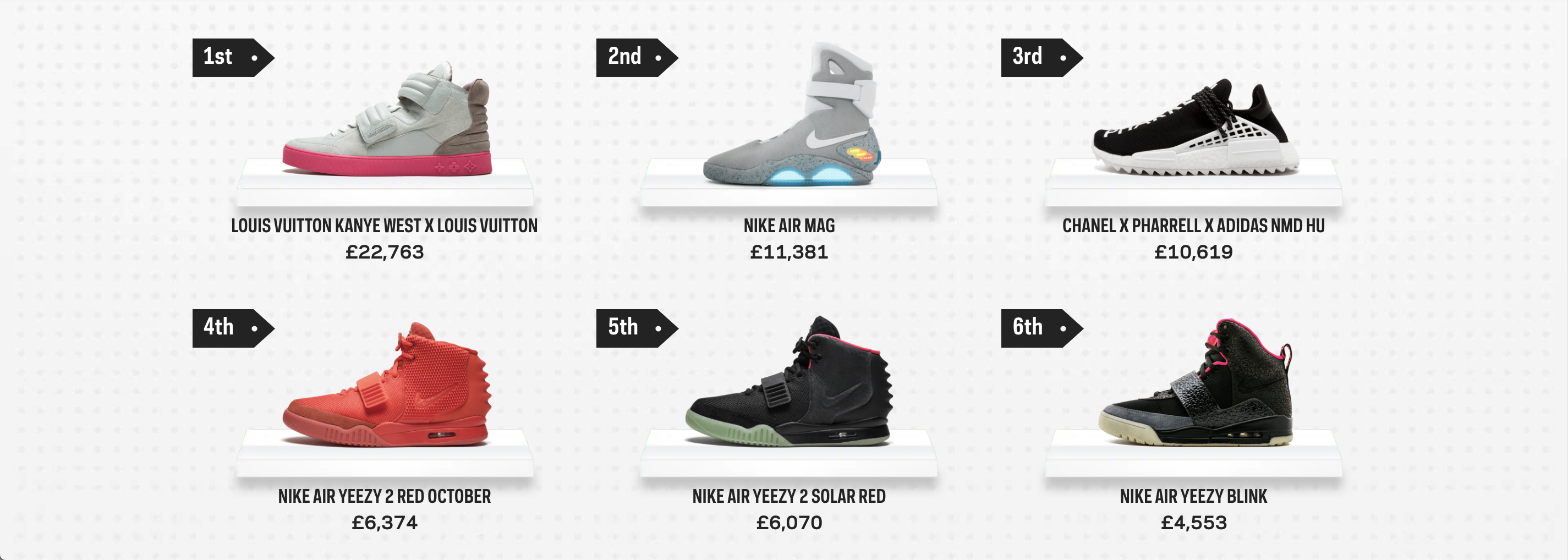
‘Crep Check’ launched on the 26th June, and to date, our outreach team have delivered 98 links totalling 3367 LinkScore (Verve’s own tool using a combination of metrics to measure the value of links). We were also able to build links in seven different countries.
Our outreach coincided with an auction of the world’s rarest trainers in New York set up by Sotheby’s and Stadium Goods. This included one of the first-ever shoes made by Nike in 1972, which sold for £350,000. The interest in this auction meant journalists were receptive to a report about the subject to inform their story.
It also coincided with a PR storm involving Nike removing a limited-edition shoe from retail following complaints about the use of the ‘Betsy Ross’ flag, which has since been associated with white supremacy after its use as the original US flag.
Both stories helped us to get linked coverage for the client in Business Insider, CNBC, GQ, Houston Chronicle, Yahoo Finance, AD (Netherlands’ second-largest newspaper) and CNN’s Style section. In addition, the BBC’s Newsround team wrote an article about the world’s most valuable trainers using the campaign data.
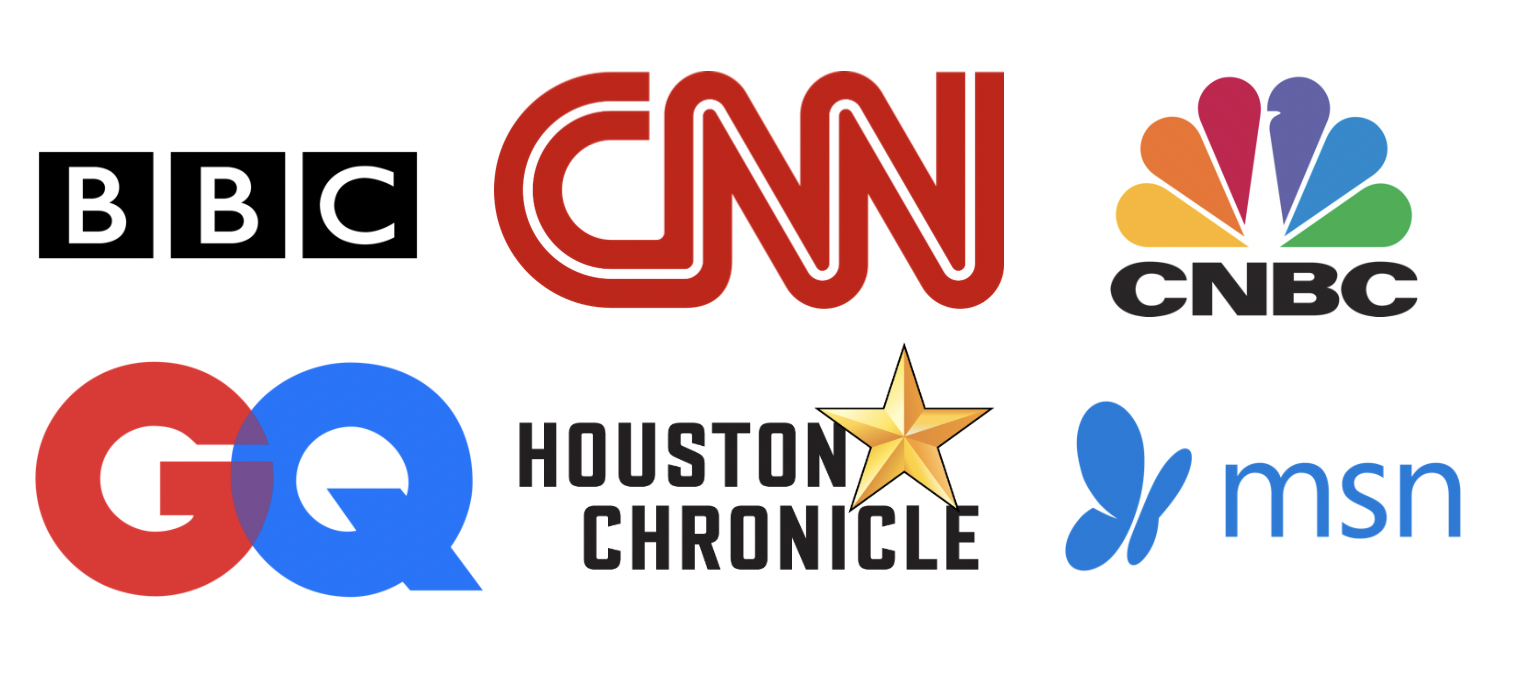
How to write an outreach email that gets links
Subject line
The subject line is the most important part of the outreach email. With some journalists at national publications writing eight to ten articles per day and receiving anywhere upwards of 100 emails a day, catching their eye with a newsworthy and noticeable subject line is essential. The idea is to make it as close to a useable headline for journalists. Here is an example from one of our more successful campaigns – ‘On Location‘:
“Look Familiar? These are the most-filmed locations in California”
The headline is short, punchy and is likely to entice the journalist to open the email to find the information they are looking for. We often vary our approach depending on the target publication. For example. using simple language and popular tabloid phrases such as ‘revealed’ often helps our open-rates with tabloid journalists. The subject line below helped us get national coverage from the Sun and Daily Express for a recent campaign:
“(Data) Revealed: London has UK’s most affordable fuel prices”
It is also important to make it clear what you are offering to a journalist from the outset. If you are pitching content to be used as a listicle, make that clear in the subject line. The sign of a great subject line for our team is when the journalist uses it verbatim as the headline for their article.
Opening lines
It is important to get to the point of your email as quickly as possible, setting out the basis of the article in the first few lines. The opening lines should include the most newsworthy aspect of the story, as well as a concise explanation of the information you are pitching. Below is an example of the opening of the email for ‘On Location’ I highlighted above:

In three lines, this email clearly sets out what the journalist needs to know about our research. We compiled IMDb film location data to find the most popular locations for movie scenes around the world, and that Venice Beach is the most-filmed location in California. The most important points are listed in bold to help the journalist spot the story quickly.
Our team usually take three to five lines in an email to give the journalist the essence of the story in the campaign. If this appeals to them, they are more likely to read on.
The link
Our outreach team prefer to be direct when asking for a link to a campaign. We make it clear that we are offering something of value to the journalist, and they should link to our asset for the story to make sense.
We use the line, “Please credit via a link to our campaign page”, as it makes our request clear without it being too forceful. It also saves us vast amounts of time having to reclaim links for articles where journalists have used our story and/or assets.
Main body
Now is the time to introduce the substance of your research, and to provide the journalist with all the information they need to write the article. There is no set rule to how much content to include, but you should include any relevant data that you think would be important in an article.
Writing clear headings with colour-coding can also be an efficient way of helping a journalist sift through the body of your email to find relevant information. Here is an example of a recent email we sent out for a campaign around AI Jobs:

Top 5 outreach tips
- Write the subject line to match your target publication, using a tone of voice similar to that of the journalists at that news outlet.
- Keep the subject line simple and state the most newsworthy aspects of your pitch.
- Get to the point of the story as quickly as possible in the body of your email.
- Break-up the content of the email so you are not overloading the journalist with information and blocks of text.
- Sign-post headings and sub-headings within the email so a journalist can clearly see what you are offering.




















